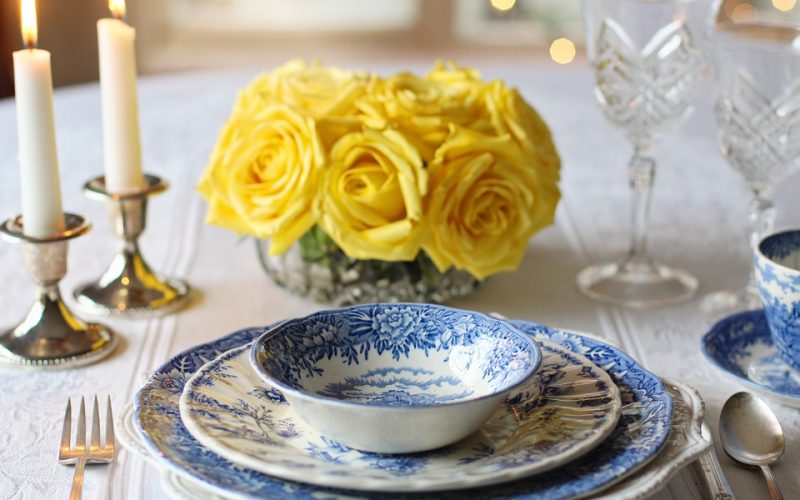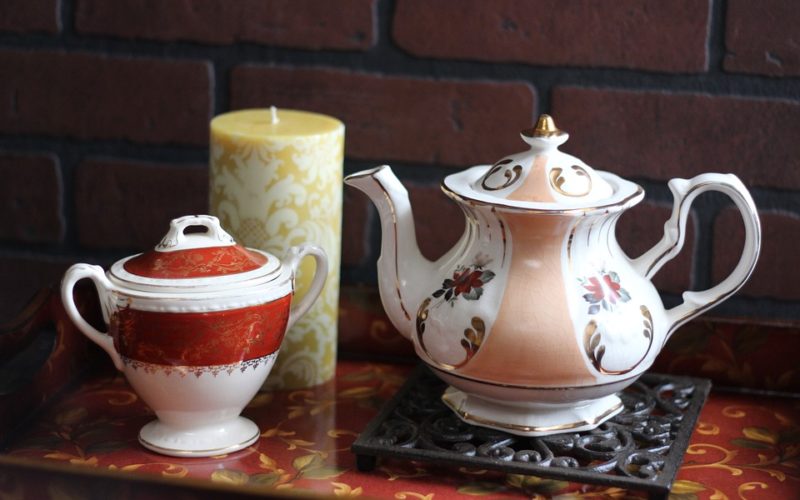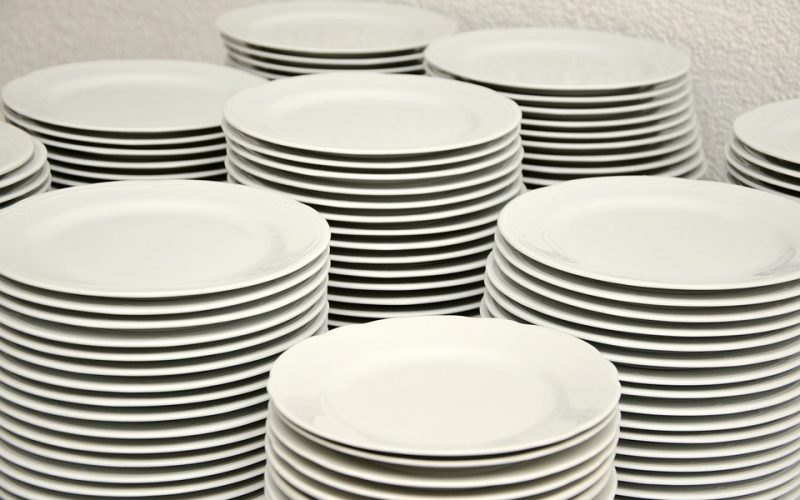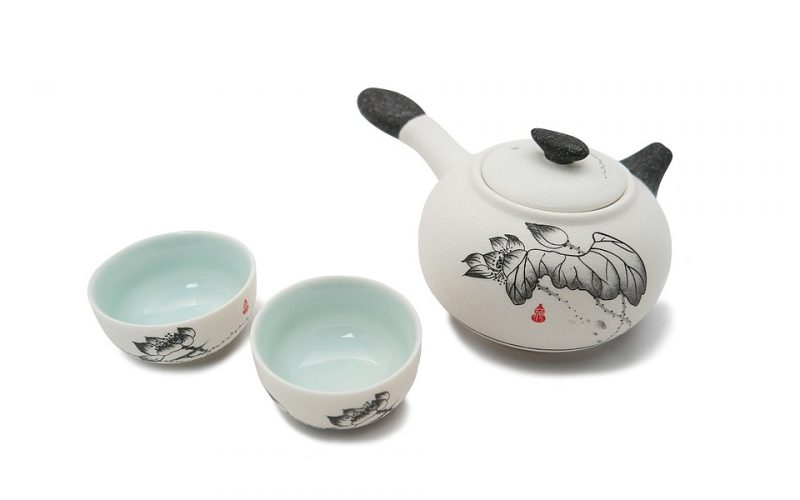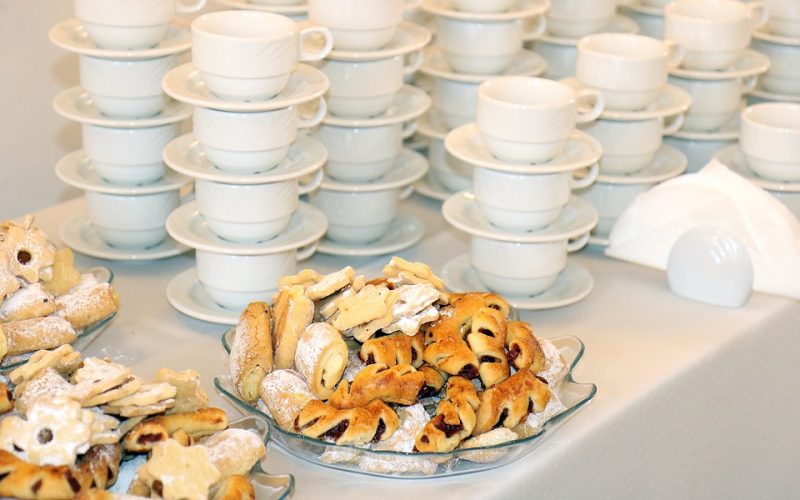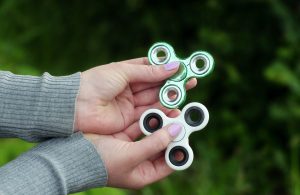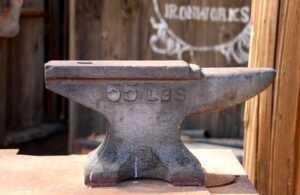Many families purchase bone china sets with the idea of handing them down through the generations, but time is often an enemy of this scheme. A set that was considered fashionable half a century ago might not be to the taste of family members today, and selling it is generally the first option. For some families the wear and tear on their set might cause them to seek replacements, and they will often look for them online. Those who collect and sell bone china have learned these and other important factors, so they can be prepared to find and offer what consumers are likely to buy.
The first step in becoming a collector or seller is to learn how to identify the various types of china, so taking any available classes on the subject is important. For those who want to understand how it is made, ceramics classes are a good start. The ability to identify bone china is important, and being able to quickly reference back stamps can tell a collector whether or not the piece is worth purchasing.
Marketing is an important step in helping consumers locate products, so sellers need to understand how to ensure their products will come up in a search. Tags are one way online sites sort out items when keywords are used on selling sites, so understanding their use by taking a course in marketing is a plus for those interested in turning their hobby into a career.
Bone china embodies the beauty of manufacturing with its translucence, and the patterns are often those that have been handed down through generations of loving family members. Helping a family restore their full set of china with pieces is a wonderful way to contribute yet more beauty to the world while enjoying a hobby or making a reasonable profit.
